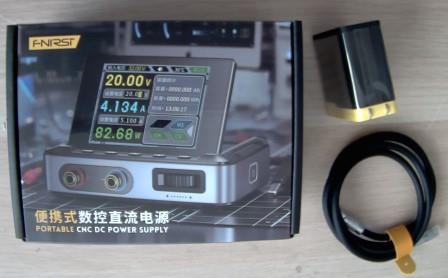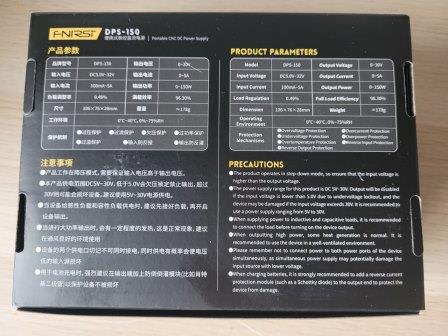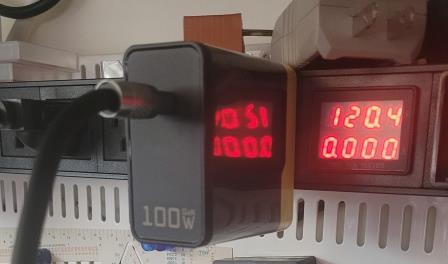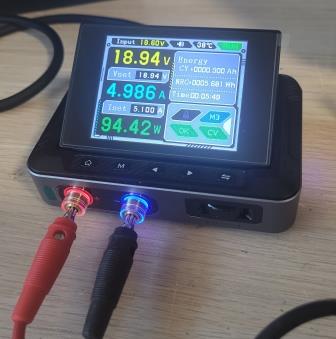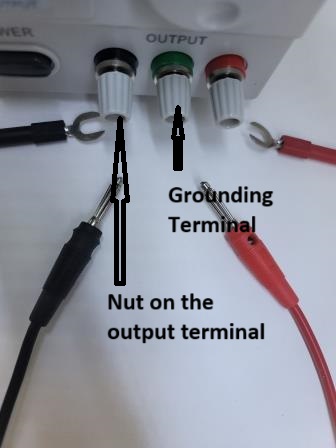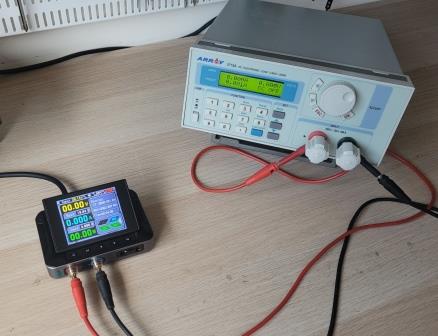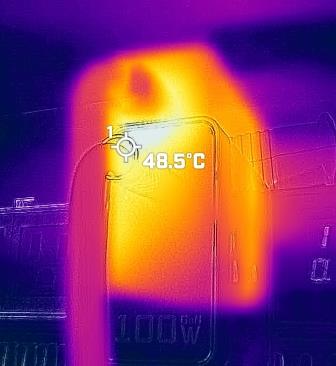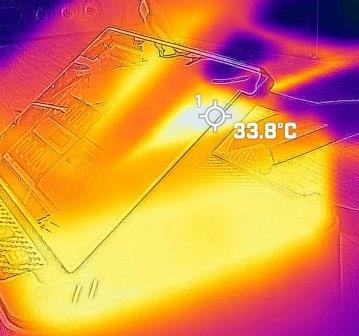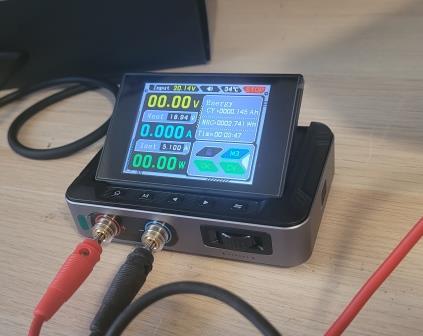| www.tmatlantic.com
Test & Soldering Equipment On-line Store |
|
D.E.V.I.C.E. (Wiki)Calculators Services |
|||||
Filter by first letter
|
FNIRSI® Portable CNC DC Power Supply - ReviewIn this article we’re reviewing an unusual mini power supply FNIRSI®. 1. Unboxing & First Look
We’re unboxing a new power supply. The packaging is very nice, and the device itself is quite unique. It consists of two parts — the control and display unit, and the power unit. The power unit looks very much like a large smartphone adapter.
2. Specifications & LimitationsAccording to the advertisement, this device should output 30 volts and up to 5 amps — that’s 150 watts. But in reality, we’re seeing only 100 watts (see pic 2). So, 30 volts and 5 amps won’t happen. That’s just physics. Let’s plug in the adapter and turn the unit on.
The size and design are pleasantly surprising. The angled screen is convenient. However, the screen does not support touch mode, which is clearly inconvenient. The font size is very small, which is also inconvenient. There are several small buttons below the screen for selecting parameters, and an encoder at the bottom front. The power output switch is located on the right side. Given the small size and weight, pressing the side button shifts the power supply unit to the left. The backlighting of the output terminals when the power supply output is turned on is very elegantly implemented. This is a highly promising solution. We believe that this type of backlighting will likely be adopted by other manufacturers in the future. However, there is a design flaw in the terminal construction—there is no way to screw down (secure) the wire using a nut on the output terminal, as is commonly done (see Pic 4). This feature is important because clamping the wire in the output terminal ensures a solid connection with low contact resistance. This is especially critical when the power supply is delivering a high current of 4–5 A. In the power supply under review, connections can only be made through the holes in the output terminals. Moreover, there is no grounding terminal (green in Pic 4). Such a terminal is necessary when using the power supply with analog circuits that are sensitive to mains interference. 3. Voltage TestIt’s not possible to set 30 volts and 5 amps. The adapter provides only 20 volts input, and under load, even less. Obviously — it’s a 100-watt adapter. So, the output tops out at around 18 volts (see pic 3). That’s a problem for our work, where we need at least 24 volts — for example, when repairing LEDs or blinds motors. 4. Current Limiting Test
Let’s test the current limiting mode. We set the limit to 4.1 amps and gradually increase the load starting from 3 amps. Once we exceed 4.1 amps, the power supply switches to constant current (CC) mode — great result. Now let’s see what current the power supply can actually deliver. We connect the 3715 electronic load and activate the power supply output (see pic 5). The backlit terminals look great. The current reading is nearly 5 amps on both the power supply and the load, with only a small voltage drop due to the wires. First impression: a very stable output current. 5. Thermal Test
Let’s check how the unit heats up, using a thermal camera. The images show a non-critical temperature — about 48°C or 118°F (See pic 6). That’s quite good. 6. Reliability (Burn-In) Test
Now for the reliability test. We set maximum voltage and current — about 19 volts and nearly 5 amps — and let it run continuously. After an hour or two, we expect to see if it holds up. But in this case, after just a few minutes, the power supply shuts down by itself, then restarts, then shuts down again (see pic 7). That’s a serious problem. 7. Conclusion
Maybe your experience has been better — if so, let us know. FNIRSI® Portable CNC DC Power Supply – Is It Actually Works? |
Site mapPrivacy policyTerms of Use & Store PoliciesHow to BuyShippingPayment




|





















